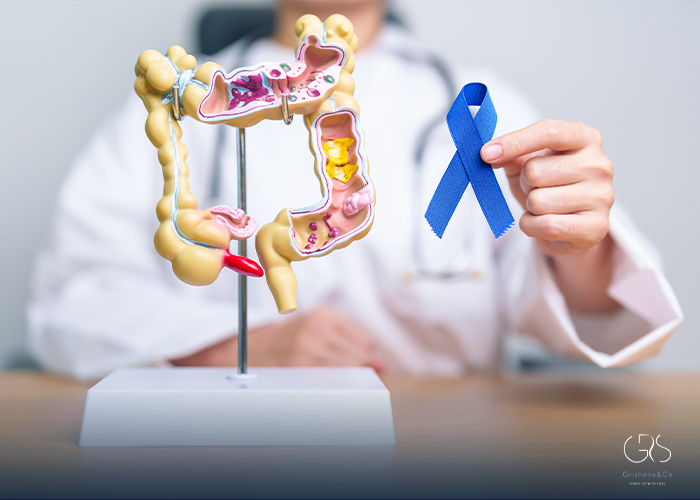Every morning millions of people reach for their coffee, savoring the aroma, the flavor, and the energy boost it provides. For many, brewing coffee is as habitual as brushing their teeth. Yet, what if the way you brew your morning coffee carries a hidden heart risk in coffee brewing that few are aware of?
This article explores the scientific evidence on how coffee-brewing techniques affect cardiovascular health, what compounds are involved, and practical tips to reduce risk. We’ll look at the mechanisms by which brewing methods can influence cholesterol, arrhythmia, blood pressure, and overall heart disease risk. By understanding how your cup is made, you can enjoy your coffee ritual while protecting your heart.
Coffee, Cardiovascular Health, and the Brewing Effect
General Evidence on Coffee and Heart Health
Research shows that coffee in moderation often has cardiovascular benefits. Drinking two to three cups per day can correlate with reduced risk of coronary heart disease, stroke, and cardiac mortality. However, not all effects are uniformly beneficial. The method of brewing coffee emerges as a critical modifier of risk—this is where the hidden heart risk in coffee brewing becomes important.
Large population studies suggest that filtered coffee is linked to lower cardiovascular mortality compared to unfiltered brews. This indicates that the brewing method may change the balance between beneficial and harmful compounds in your cup.

What’s in Coffee That Affects the Heart?
Coffee contains hundreds of bioactive compounds. Among the most relevant:
- Caffeine – a stimulant that can acutely increase heart rate and blood pressure.
- Polyphenols – antioxidants that may reduce oxidative stress and inflammation.
- Diterpenes (cafestol and kahweol) – fat-soluble compounds that can increase LDL cholesterol and contribute to atherosclerosis.
It is primarily the diterpenes that are implicated in the hidden heart risk in coffee brewing, because brewing methods that do not filter these compounds can elevate cholesterol and long-term cardiovascular risk.
Brewing Methods and Hidden Heart Risk
Unfiltered vs. Filtered Coffee
One of the most important distinctions in brewing technique is whether a method filters out diterpenes. Unfiltered or coarsely filtered methods, such as French press, Turkish coffee, boiled coffee, and espresso without paper filters, allow more cafestol and kahweol to remain.
Studies show that unfiltered coffee is associated with higher cholesterol levels compared to filtered coffee. Thus, one of the clearest ways the hidden heart risk in coffee brewing manifests is through unfiltered brew methods that allow higher diterpene exposure.
Workplace Machines and Poor Filtration
Not only traditional home methods but also workplace coffee machines may contribute to risk. Some studies found that coffee from poorly filtered machines contained elevated levels of cholesterol-raising compounds. This means even daily office habits may carry a hidden heart risk in coffee brewing, especially in environments where quality filters are absent.
The Role of Timing
The timing of coffee consumption also matters. Research shows that people who restrict their coffee to the morning have lower risk of cardiovascular mortality compared to those who drink it throughout the day. Late coffee intake may interfere with circadian rhythms, blood pressure regulation, and inflammation—thus adding another layer to the hidden heart risk in coffee brewing.
Mechanisms: How Brewing Affects Heart Risk
Cholesterol and Lipid Effects
Cafestol and kahweol raise LDL cholesterol by interfering with bile acid metabolism in the liver. When brewing methods allow these compounds to remain, LDL levels rise, and over time this contributes to atherosclerosis and cardiovascular disease. This biochemical pathway is one of the main reasons for the hidden heart risk in coffee brewing.
Blood Pressure and Vascular Effects
Caffeine can cause short-term increases in blood pressure through sympathetic nervous system activation. In habitual drinkers, tolerance often reduces this effect, but unfiltered coffee may contain additional vasoactive compounds that aggravate vascular stress.

Arrhythmia and Electrical Effects
Some evidence points to coffee influencing arrhythmia risk. At moderate levels, filtered coffee may lower the incidence of arrhythmias, but unfiltered methods or excessive intake may increase the likelihood of rhythm disturbances in sensitive individuals, adding to the hidden heart risk in coffee brewing.
Inflammation, Oxidative Stress, Circadian Disruption
Coffee’s antioxidants can counteract oxidative stress and inflammation, which are key in cardiovascular disease. However, negative effects such as cholesterol elevation and late-day consumption disrupting circadian rhythms may offset these benefits. This again underlines the hidden heart risk in coffee brewing when habits are poorly managed.
How Much Coffee and Which Types Are “Safe”?
Optimal Dose
Moderate coffee consumption—around two to four cups per day—is associated with the lowest cardiovascular risk. Beyond this, benefits plateau or risks may increase. Still, the brewing method matters as much as the dose when it comes to the hidden heart risk in coffee brewing.
Coffee Subtypes
Ground and instant coffee, which are more likely filtered, appear to have more favorable outcomes than unfiltered methods. Decaffeinated coffee also provides some protective associations, showing that non-caffeine bioactives play an important role.
Population Differences and Genetic Factors
Responses to coffee vary depending on genetic factors, blood lipid levels, blood pressure, and personal sensitivity to caffeine. This means what is safe for one individual may pose risk for another, particularly when the hidden heart risk in coffee brewing is ignored.
Practical Recommendations to Minimize Risk
To enjoy coffee while reducing the hidden heart risk in coffee brewing, consider:
- Use paper filters such as drip, pour-over, or Chemex.
- Avoid unfiltered methods like French press or boiled coffee as a daily habit.
- Limit coffee to morning hours to protect circadian health.
- Stick to moderate intake of two to four cups daily.
- Be cautious with workplace machines, which may lack proper filters.
- Monitor cholesterol levels regularly if you prefer unfiltered brews.
- Adapt to personal health needs, especially if you have hypertension or arrhythmias.
Conclusion
Brewing coffee is more than an art—it’s a factor that influences cardiovascular health in subtle yet important ways. The hidden heart risk in coffee brewing arises mainly from cholesterol-raising diterpenes, impacts on blood pressure and heart rhythm, and the timing of consumption.
By choosing filtered methods, drinking in moderation, and aligning intake with your body’s rhythms, you can reduce risks while preserving the benefits of coffee’s antioxidants. Awareness and small adjustments can ensure your coffee remains a pleasure without hidden dangers.
Sources
- MDPI, Coffee and Cardiovascular Health: A Review of Literature
- Tulane University News, Skip the evening espresso? Study links morning coffee drinking with fewer heart problems
- SpringerLink, Coffee and Cardiovascular Mortality
- PubMed, The impact of coffee subtypes on incident cardiovascular disease, arrhythmias, and mortality: long-term outcomes from the UK Biobank










